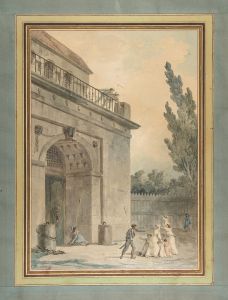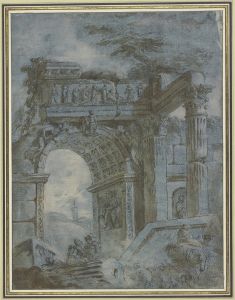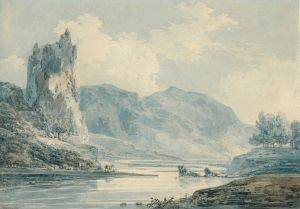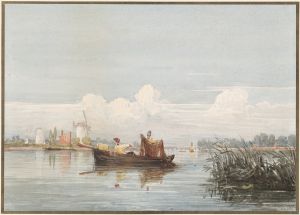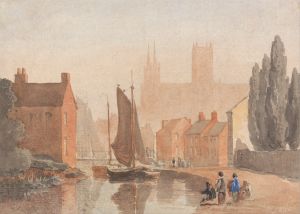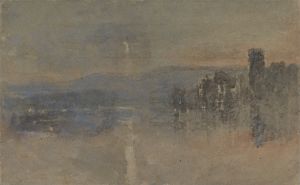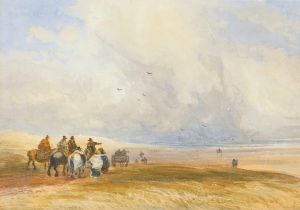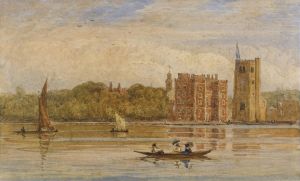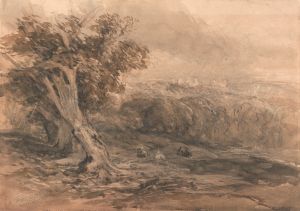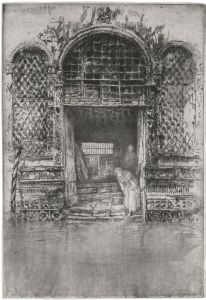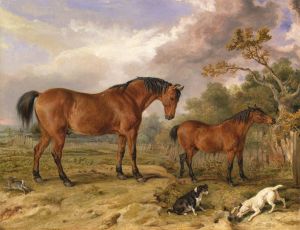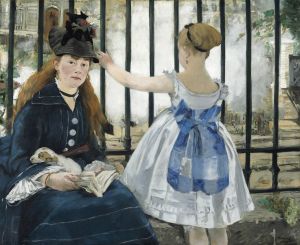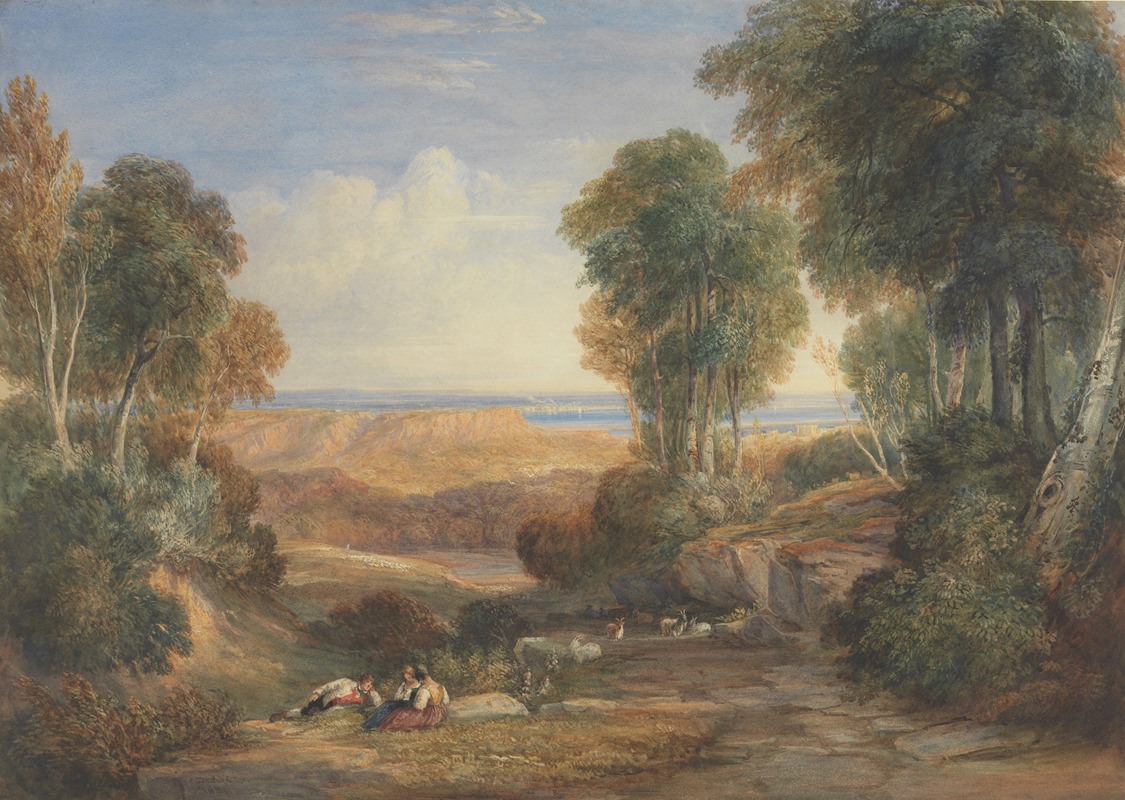
The Junction of the Severn and the Wye with Chepstow in the Distance
A hand-painted replica of David Cox’s masterpiece The Junction of the Severn and the Wye with Chepstow in the Distance, meticulously crafted by professional artists to capture the true essence of the original. Each piece is created with museum-quality canvas and rare mineral pigments, carefully painted by experienced artists with delicate brushstrokes and rich, layered colors to perfectly recreate the texture of the original artwork. Unlike machine-printed reproductions, this hand-painted version brings the painting to life, infused with the artist’s emotions and skill in every stroke. Whether for personal collection or home decoration, it instantly elevates the artistic atmosphere of any space.
David Cox, an influential English landscape painter, created the artwork titled "The Junction of the Severn and the Wye with Chepstow in the Distance." Cox was born in 1783 in Birmingham, England, and became one of the prominent figures in the development of English landscape painting during the 19th century. His works are known for their atmospheric effects and the use of light and color, which contributed significantly to the evolution of watercolor painting.
"The Junction of the Severn and the Wye with Chepstow in the Distance" is a fine example of Cox's ability to capture the essence of the British landscape. This painting depicts the confluence of two major rivers in the United Kingdom, the River Severn and the River Wye, with the historic town of Chepstow visible in the background. Chepstow, located in Monmouthshire, Wales, is known for its medieval castle and picturesque setting along the River Wye.
Cox's painting is celebrated for its detailed representation of the natural scenery and its ability to convey the serene and majestic quality of the landscape. The composition likely showcases the lush greenery and the flowing waters of the rivers, with Chepstow Castle adding a historical and architectural element to the scene. The painting reflects Cox's mastery in capturing the transient effects of light and weather, which was a hallmark of his style.
David Cox was part of the Birmingham School of artists and was heavily influenced by the works of earlier landscape painters such as Thomas Girtin and J.M.W. Turner. He was particularly known for his plein air approach, painting outdoors to directly observe and capture the natural environment. This method allowed him to create works that were both realistic and imbued with a sense of immediacy and vitality.
Throughout his career, Cox exhibited regularly at the Royal Academy and the Society of Painters in Water Colours, where he was a member. His contributions to the field of watercolor painting were significant, and he is often credited with elevating the medium to new heights during his time. Cox's work influenced subsequent generations of artists and helped lay the groundwork for the later developments in landscape painting.
"The Junction of the Severn and the Wye with Chepstow in the Distance" is a testament to Cox's skill in depicting the natural world and his ability to infuse his landscapes with emotion and atmosphere. While specific details about the painting's creation, such as the exact date or its current location, may not be readily available, it remains an important part of Cox's oeuvre and a valuable representation of 19th-century English landscape art.
David Cox passed away in 1859, but his legacy endures through his contributions to the art world and his influence on landscape painting. His works continue to be studied and admired for their technical proficiency and their ability to capture the beauty and complexity of the natural world.





